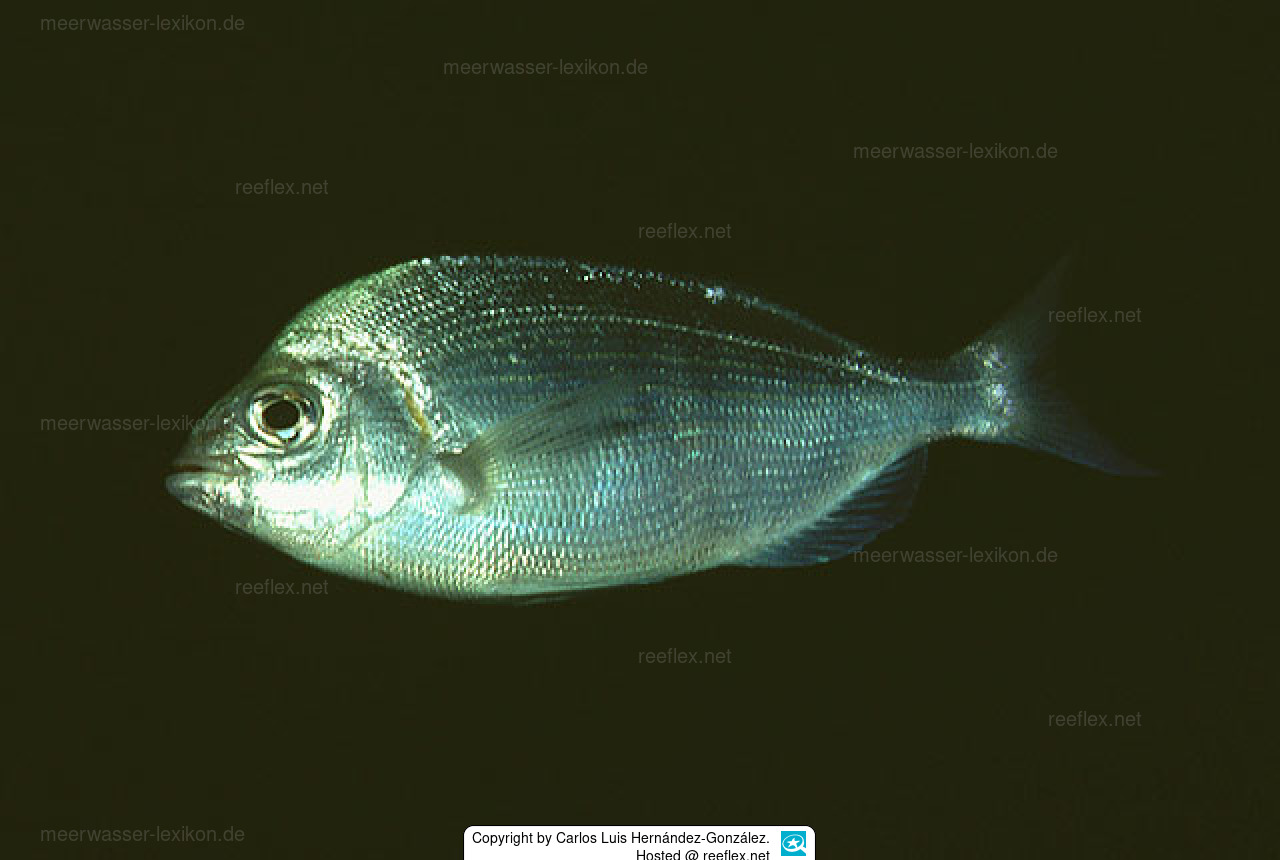Info
Spondyliosoma cantharus (Linnaeus, 1758)
Distribution
Eastern Atlantic: Scandinavia to northern Namibia including the Strait of Gibraltar, Mediterranean and the Black Sea, Madeira, Canary Islands, and Cape Verde.
Biology
Found over seagrass beds and rocky and sandy bottoms to about 300 m.
Gregarious, sometimes in large schools.
Omnivorous, feeding on seaweeds and small invertebrates, especially crustaceans.
Protogynic hermaphrodites.
An important food fish.
Human uses
Fisheries: commercial; gamefish: yes; aquarium: public aquariums
Synonymised names
Cantharus brama Valenciennes in Cuvier & Valenciennes, 1830 · unaccepted
Cantharus cantharus (Linnaeus, 1758) · unaccepted
Cantharus griseus Valenciennes in Cuvier & Valenciennes, 1830 · unaccepted
Cantharus lineatus (Montagu, 1818) · unaccepted
Cantharus orbicularis Valenciennes in Cuvier & Valenciennes, 1830 · unaccepted
Cantharus senegalensis Valenciennes, 1830 · unaccepted
Cantharus vulgaris Valenciennes, 1830 · unaccepted
Scatharus graecus Valenciennes in Cuvier & Valenciennes, 1830 · unaccepted
Sparus cantharus Linnaeus, 1758 · unaccepted (synonym)
Sparus lineatus Montagu, 1818 · unaccepted
Spondyliosoma cantarus (Linnaeus, 1758) · unaccepted (misspelling)
Distribution
Eastern Atlantic: Scandinavia to northern Namibia including the Strait of Gibraltar, Mediterranean and the Black Sea, Madeira, Canary Islands, and Cape Verde.
Biology
Found over seagrass beds and rocky and sandy bottoms to about 300 m.
Gregarious, sometimes in large schools.
Omnivorous, feeding on seaweeds and small invertebrates, especially crustaceans.
Protogynic hermaphrodites.
An important food fish.
Human uses
Fisheries: commercial; gamefish: yes; aquarium: public aquariums
Synonymised names
Cantharus brama Valenciennes in Cuvier & Valenciennes, 1830 · unaccepted
Cantharus cantharus (Linnaeus, 1758) · unaccepted
Cantharus griseus Valenciennes in Cuvier & Valenciennes, 1830 · unaccepted
Cantharus lineatus (Montagu, 1818) · unaccepted
Cantharus orbicularis Valenciennes in Cuvier & Valenciennes, 1830 · unaccepted
Cantharus senegalensis Valenciennes, 1830 · unaccepted
Cantharus vulgaris Valenciennes, 1830 · unaccepted
Scatharus graecus Valenciennes in Cuvier & Valenciennes, 1830 · unaccepted
Sparus cantharus Linnaeus, 1758 · unaccepted (synonym)
Sparus lineatus Montagu, 1818 · unaccepted
Spondyliosoma cantarus (Linnaeus, 1758) · unaccepted (misspelling)







 Carlos Luis Hernández-González, Spanien
Carlos Luis Hernández-González, Spanien






